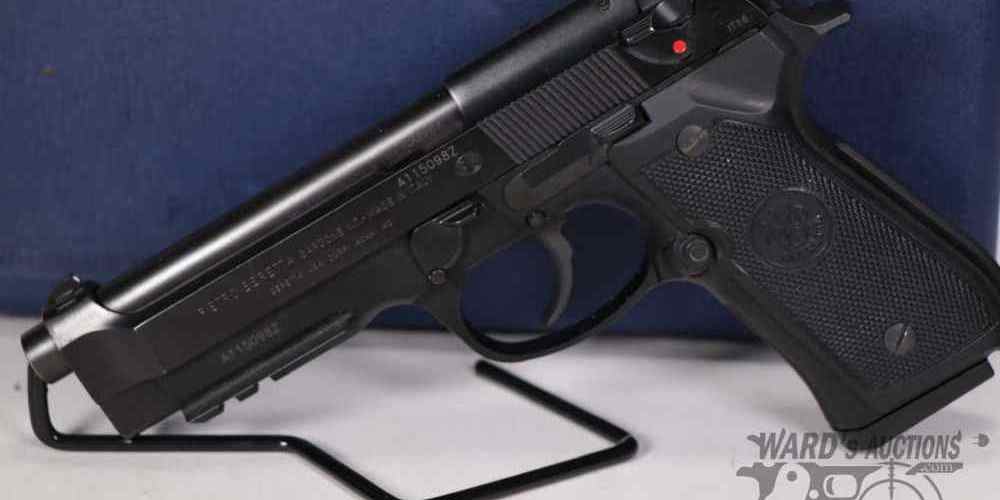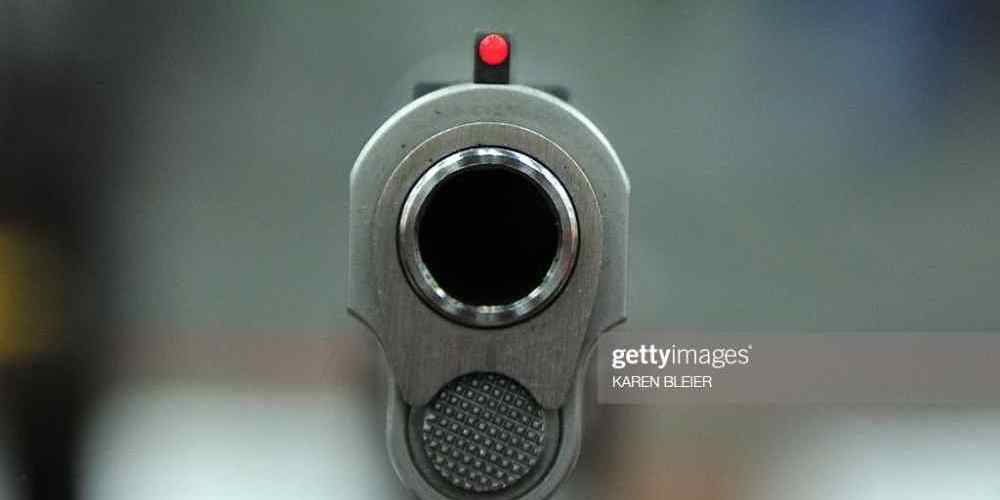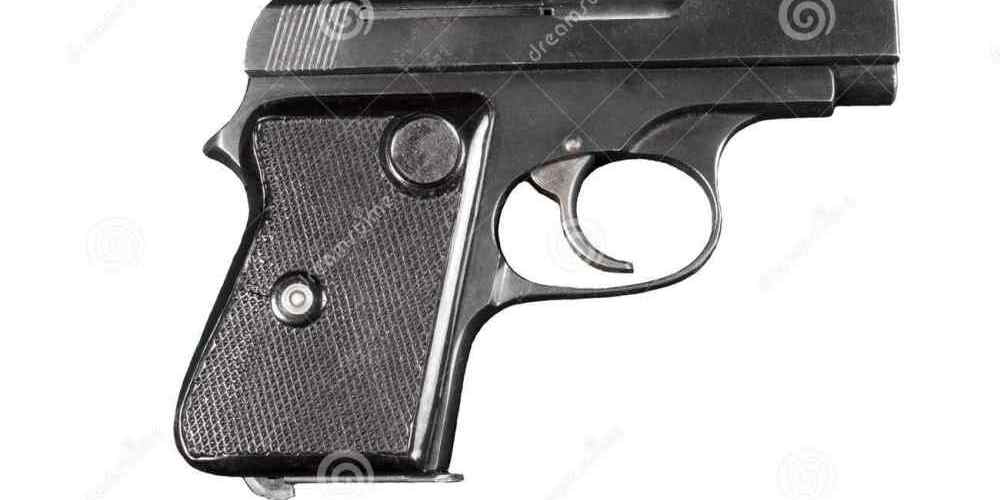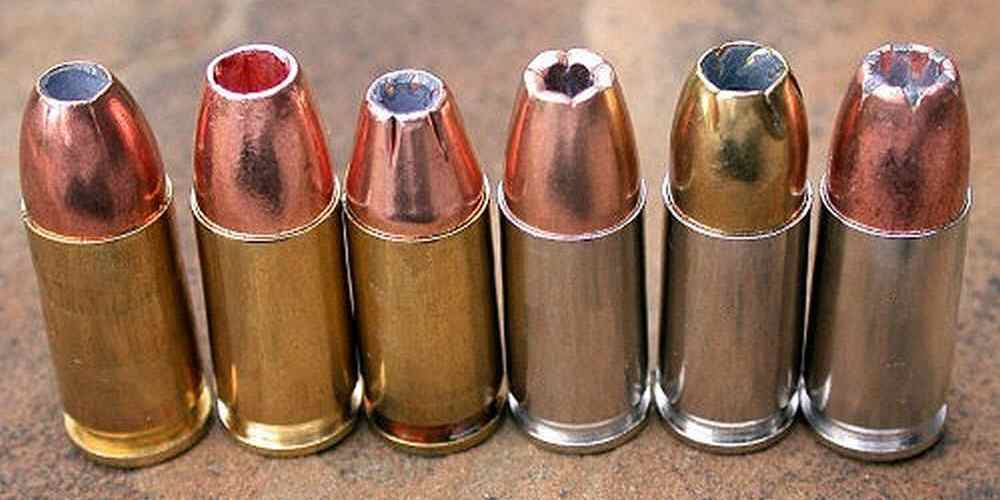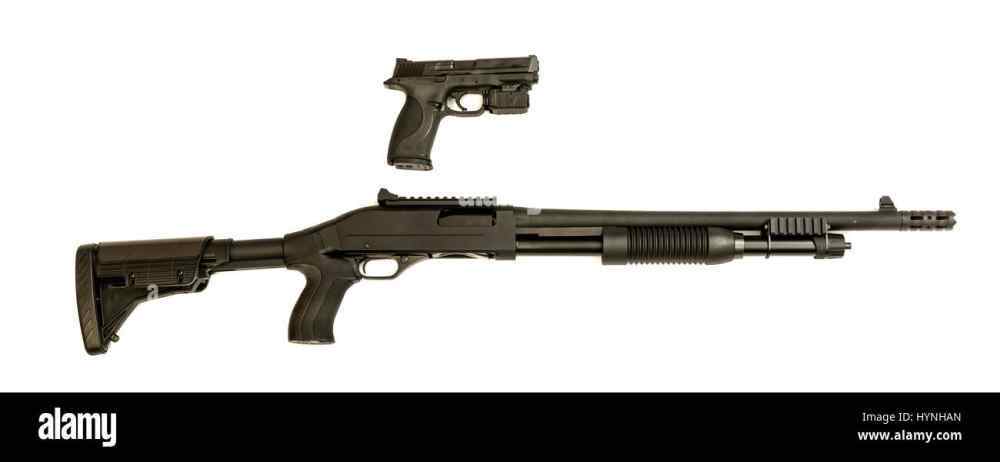Understanding Sectional Density in Pistol Bullets
When it comes to selecting the right ammunition for your pistol, there are many factors to consider. One of the most important but often overlooked aspects is sectional density. Sectional density plays a crucial role in determining the ballistic performance and penetration of a bullet. In this article, we will delve into the concept of sectional density in pistol bullets, its significance, and how it can impact your shooting experience.
What is Sectional Density?
Sectional density (SD) is a measure of how efficiently a bullet retains its weight relative to its caliber and length. It is calculated by dividing the bullet’s weight (in pounds) by the square of its diameter (in inches). The formula for sectional density is:
SD = Bullet Weight (in lbs) / (Bullet Diameter)^2
For example, let’s consider a 9mm bullet that weighs 124 grains (0.018 ounces) and has a diameter of 0.355 inches. To calculate the sectional density of this bullet, we would convert the weight to pounds and plug it into the formula:
SD = (0.018 oz / 437.5) / (0.355)^2 = 0.102
Significance of Sectional Density
Sectional density plays a vital role in determining the penetration and performance of a bullet. A higher sectional density indicates that the bullet will penetrate deeper into the target due to its ability to retain momentum and energy. Bullets with higher sectional density also tend to have better ballistic coefficients, resulting in improved accuracy and stability during flight.
Impact on Penetration
One of the key advantages of high sectional density is increased penetration. Bullets with higher SD values are more likely to penetrate through barriers such as clothing, bone, or other obstacles before reaching their intended target. This can be particularly important in self-defense situations where reliable penetration is crucial for stopping an assailant.
- Bullets with lower sectional density may expand more upon impact, resulting in shallower penetration.
- Higher SD values are desirable for hunting applications where deep penetration is necessary to reach vital organs and ensure a clean kill.
Ballistic Performance
In addition to penetration, sectional density also affects the ballistic performance of a bullet. Bullets with higher SD values tend to have better aerodynamic properties, resulting in flatter trajectories and improved downrange accuracy. This can be particularly beneficial for long-range shooting where maintaining velocity and energy are critical factors.
- Bullets with higher sectional density experience less drag during flight, leading to better retained velocity and energy at longer distances.
- A higher SD can contribute to more consistent terminal performance, as the bullet is less likely to deviate from its intended path upon impact.
Choosing the Right Bullet for Your Pistol
When selecting ammunition for your pistol, it’s essential to consider the sectional density of the bullets available. Different calibers and bullet weights will have varying SD values, which can influence their performance in terms of penetration and accuracy. Here are some factors to keep in mind when choosing bullets based on sectional density:
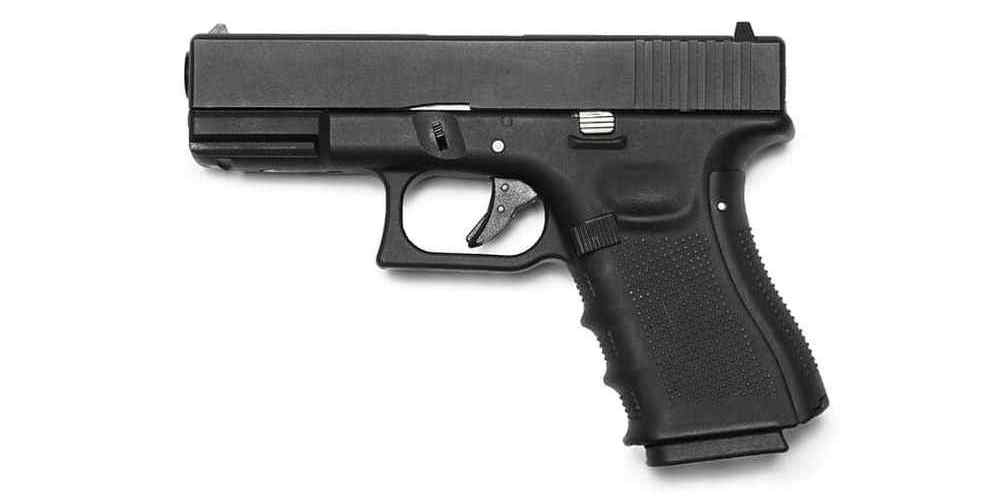
- Consider the intended use of your pistol – self-defense, target shooting, hunting, etc., and choose bullets with appropriate SD values for optimal performance.
- Experiment with different bullet weights and calibers to find the right balance between sectional density, velocity, and accuracy for your specific firearm.
- Consult ballistic charts and manufacturer specifications to compare SD values across different ammunition options and make an informed decision.
Conclusion
Sectional density is a critical factor in determining the performance of pistol bullets in terms of penetration and accuracy. Understanding how SD values influence ballistic performance can help you make informed decisions when selecting ammunition for your firearm. By considering sectional density alongside other factors such as caliber, bullet weight, and velocity, you can optimize your shooting experience and achieve better results on the range or in real-world scenarios.
Next time you’re shopping for pistol ammunition, take a closer look at the sectional density of the bullets available – it could make all the difference in your shooting performance.




